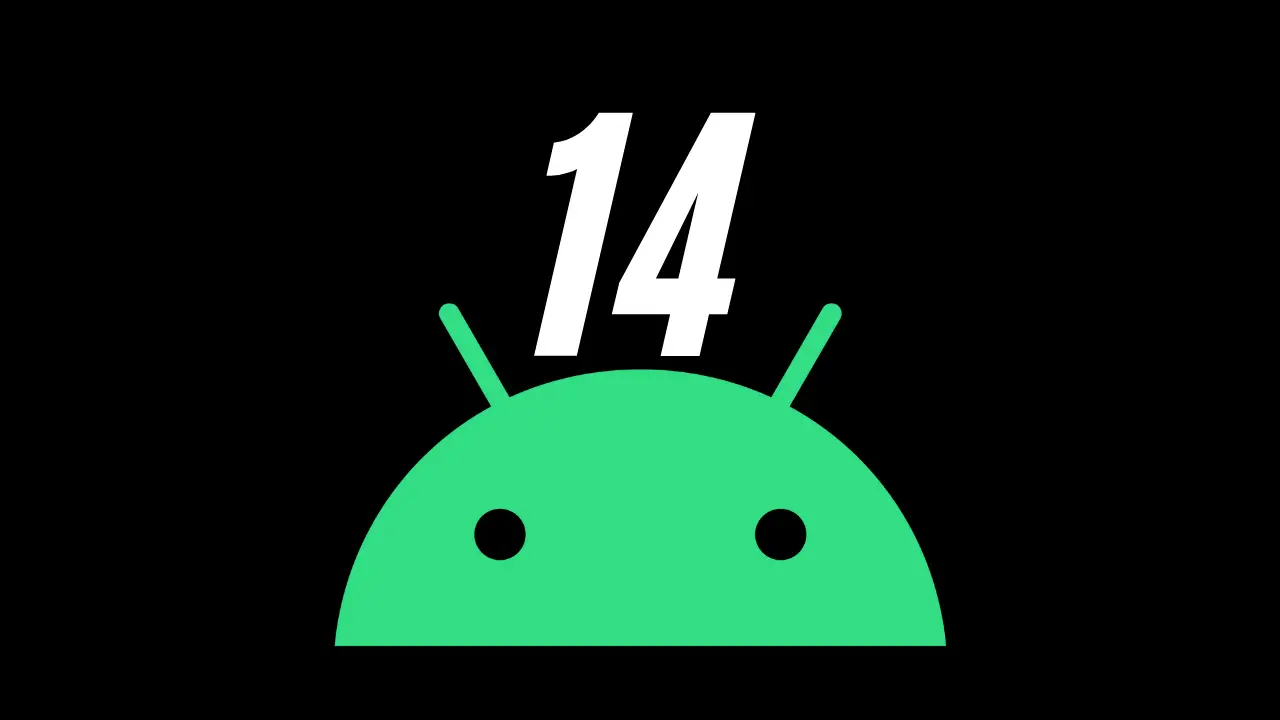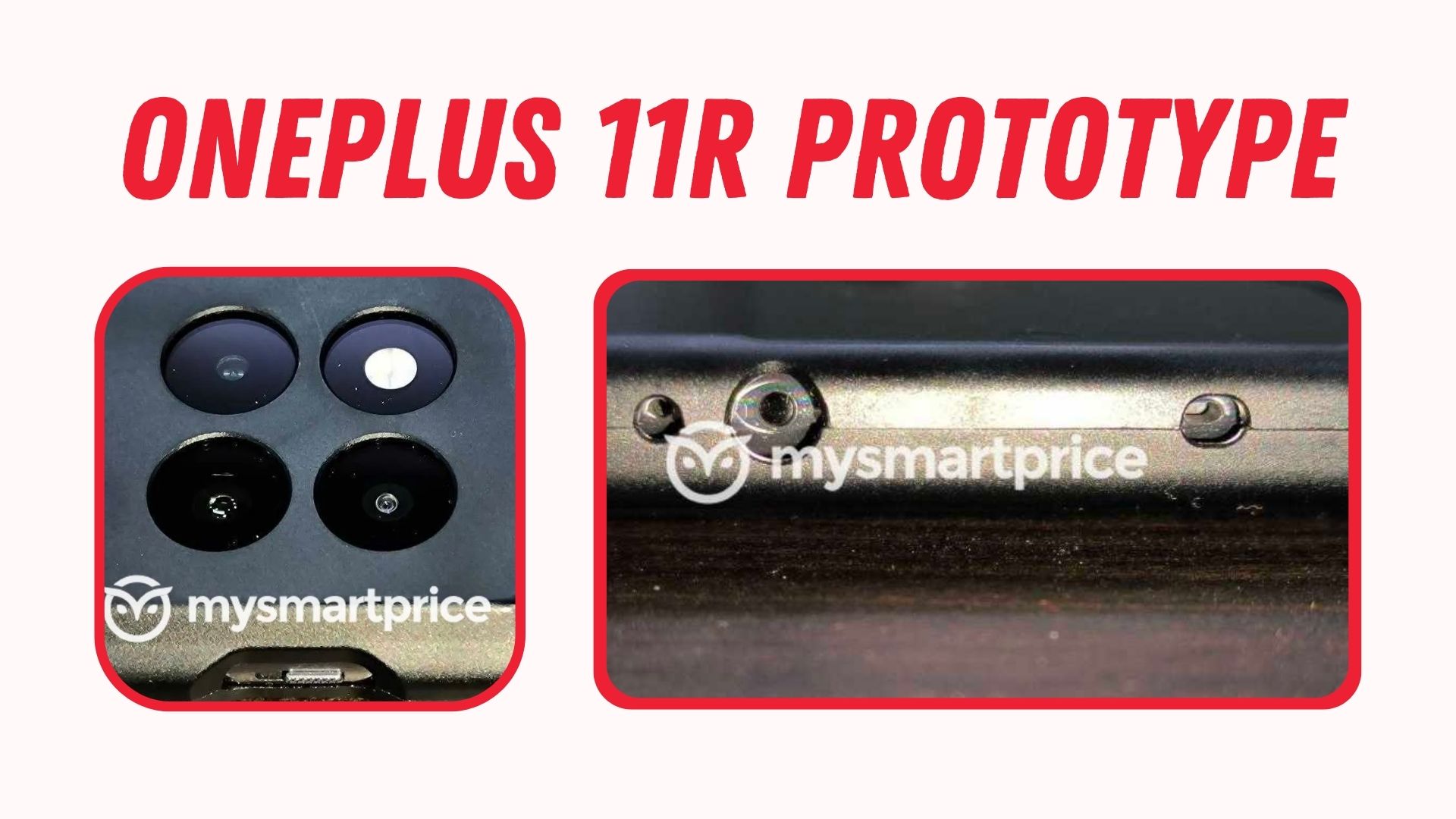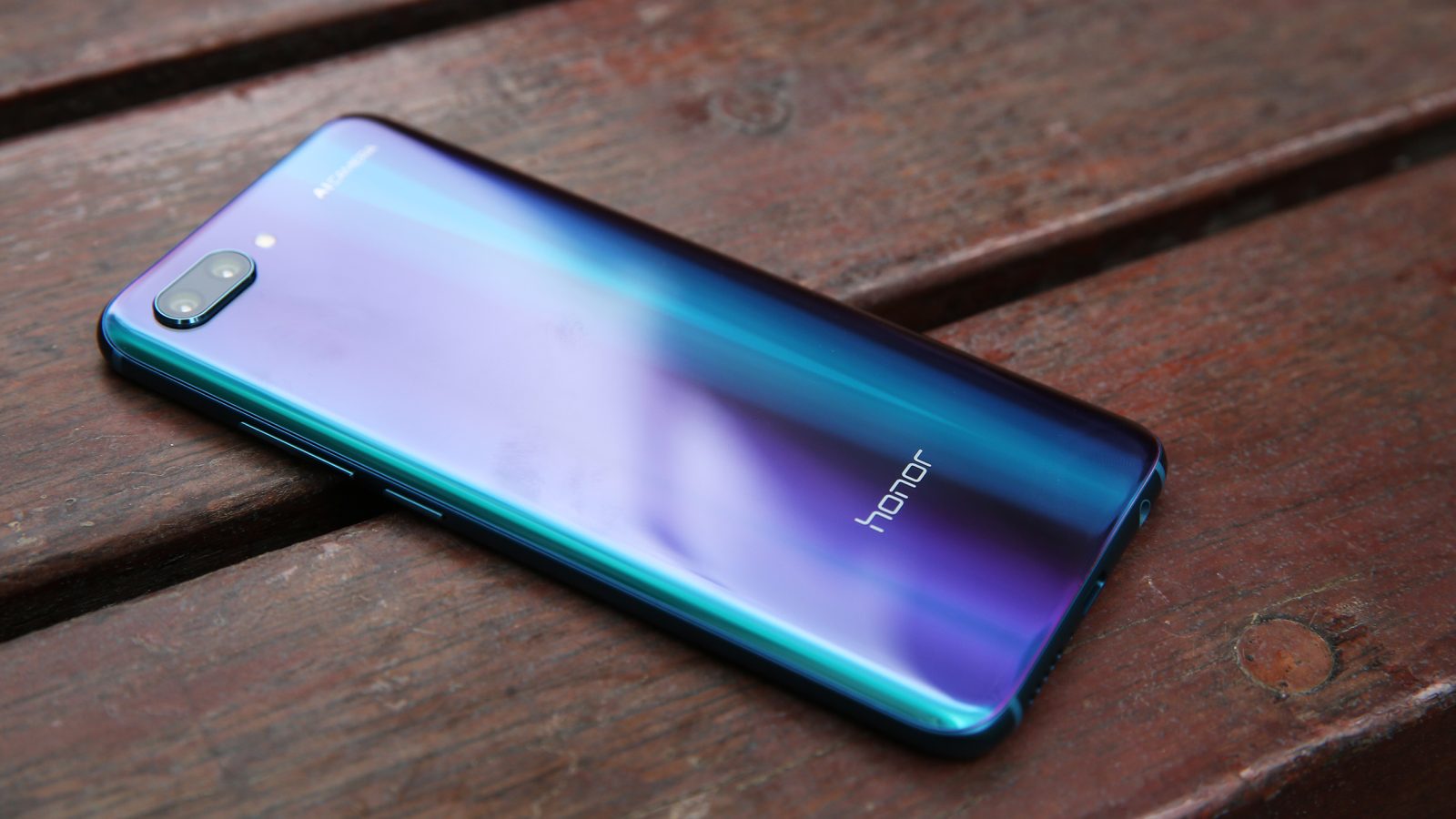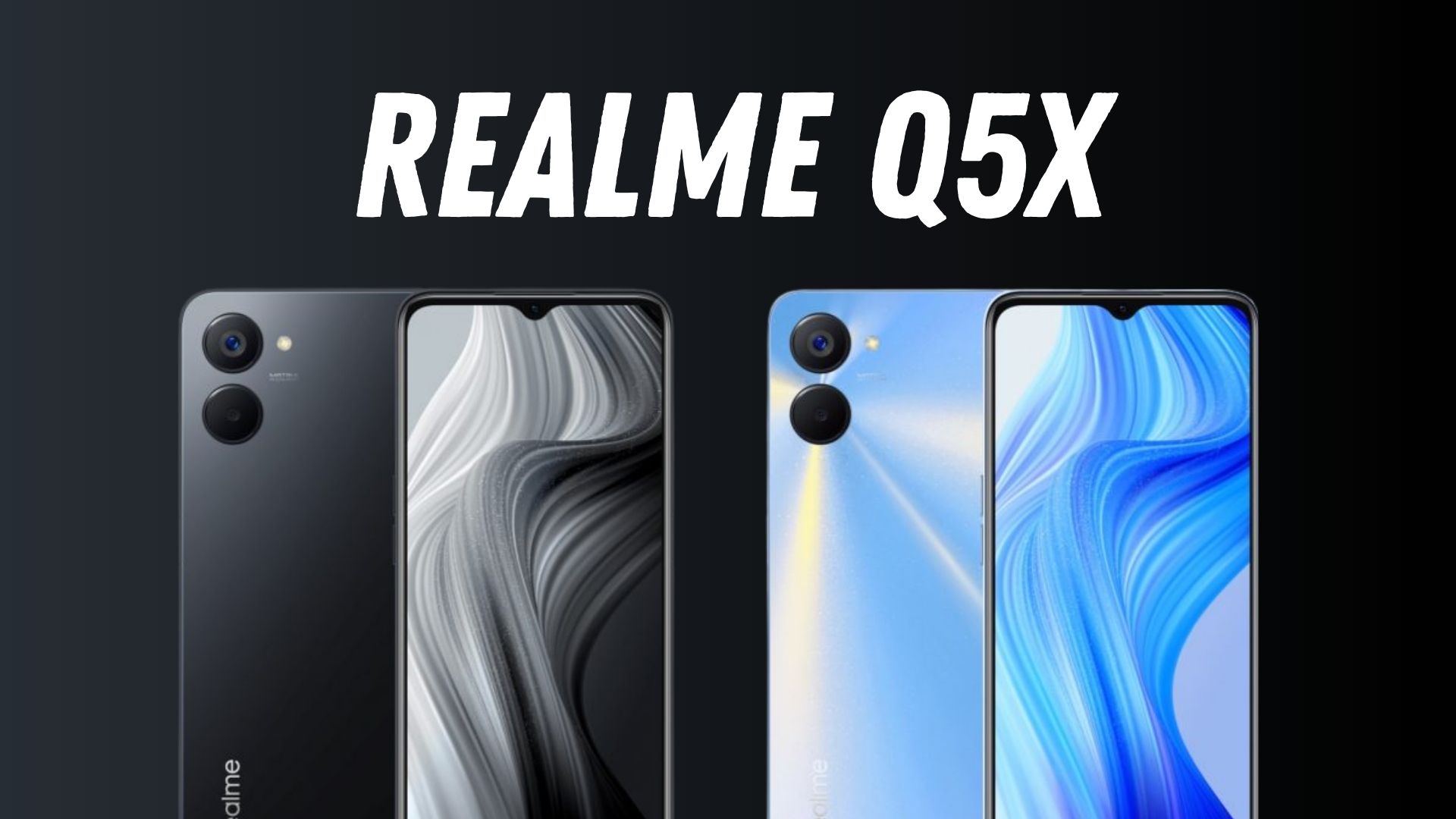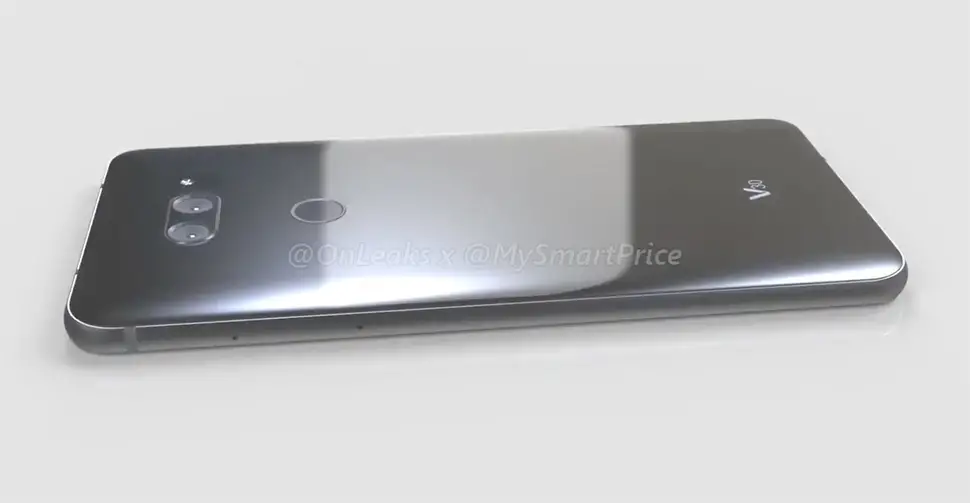The Developer Preview 1 for Android 14 has now been made available by Android’s parent company, Google. The release coincides with earlier Android updates. There are several improvements in the developer preview, both user- and backend-facing. People are understandably eager about Android 14 and what it brings since Android powers billions of devices worldwide. If you are curious about Android 14 here are the details you need to know to get an in-depth view of Android 14.
Android 14 developer Preview 1 is Available for Pixel Phones
Android 14 Code Name
Google has a history of giving their Android versions delectable dessert codenames. Android 14 is no exception. The latest Android is being given the intriguing name Upside Down Cake. Google has naturally continued the trend of using intriguing characters for its Android versions even if codenames are no longer often utilized.
Android 14 Release Timeline
The release schedule for Android 14 is identical to that of earlier Android versions. Two developer previews are anticipated, with the first one arriving in February and the second one coming out in March, as you can see in the timetable published by Google below. Google will release the initial beta sometime in April, but the main release will probably come later, perhaps around May.

Android 14 Release Date
Android 14’s third beta, which will be released in June, will achieve platform stability. As a result, app developers won’t need to make any additional alterations while creating their apps using the new features and APIs included in Android 14. In July, a fourth beta will be made available, and then the stable version will come sometime after that. Since now the Android 14 follows the same procedures similar to its predecessors I anticipate an August or September publication date if history is any guide.
Android 14 Supported Devices
Here’s a list of devices are compatible with the initial developer preview:
- Pixel 7, 7 Pro
- Pixel 6a
- Pixel 6, 6 Pro
- Google Pixel 5a (5G)
- Pixel 4a (5G) and Pixel 5
he Google Pixel phone series is first in line for the Android 14 developer preview. Other manufacturers may join the beta program later. All current Android phones, including flagship models from the past few years, will likely have access to Android 14 once beta testing is complete. However, rollout time varies by manufacturer. Samsung phones usually upgrade within a few months of the stable release, but this isn’t confirmed for smaller brands like Nokia, Infinix, Asus, and Motorola.
Android 14 Developer Preview 1: Features
1. Promised Commitment to Foldable Smartphones and Tablets
Google remains devoted to assisting tablets and flexible form factors. The most recent version of Android will continue the endeavor to offer a uniform experience across all screen sizes and form factors, which was first started in Android 12L and 13. Google is developing additional components, like as window size classes, activity embedding, sliding pane layout, and more, all of which will be supported by Jetpack Compose, to assist developers in producing apps that adapt to various screen sizes.
The large-screen app quality checklists, which allow developers a simple method to assess how well their apps will operate across different screens, have reportedly been upgraded by Google. Additionally, there are new sample layouts for various app types that are intended to motivate programmers and Android developers to produce similarly flexible layouts and apps that make the most of available screen space.
2. Streamlined background functions result in less battery use.
Improved standby battery life in Android does not mean the work is done. Google is restricting apps from using your phone’s full capacity for background tasks, and allowing developers to create more complex background actions in Android 14, but only for high priority user-facing activities. Google is also implementing tighter controls on alarms to prevent unauthorized notifications. These improvements will benefit both developers and users.
3. Bigger Fonts with Non-Linear Scaling
Android 14 has increased its font scaling capabilities to a maximum of 200%, which is 70% more than the previous 130% limit on Pixel smartphones. To prevent text from becoming too big, Google has included a non-linear font scaling curve. This feature is available for various devices, including those with foldable and large screens. By accessing Accessibility -> Display size and text settings, developers can experiment with this feature using Google’s guidelines to maintain a balance between large and small text on your phone.
4. Security Implementations on Android 14
Recent source code leaks revealed that Android 14 will limit sideloading. Apps targeting SDK versions older than 23, launched with Android 6 in 2015, cannot be installed by default. Malware tends to exploit earlier versions of the Android OS to bypass limitations present in SDK versions 23 and higher. Limiting sideloading makes it more difficult for malware to infect devices even if they persuade users to sideload the app.
5. App Cloning will be Featured on Android 14
You can clone your applications with some manufacturers’ permission, and the Play Store also hosts third-party services that provide this feature. It appears that Google is thinking of including this option in its version of Android because it is used by many users who wish to utilize an app with numerous accounts. There is an indication that this option could become a reality with Android 14 in the shape of a secret Cloned Apps area in settings.
https://twitter.com/MishaalRahman/status/1623408888757223425/photo/1
6. New gesture Navigations on Android 14
With the introduction of full gesture navigation in Android 10, the way people use their smartphones has changed significantly. Google has made minor adjustments to gesture navigation since then, but Android 14 will bring a major improvement with predictive back gestures. The system will show new animations when you perform the back gesture, indicating the next screen you will move to, both within applications and when you go back to the home screen. While more tweaks and implementations are expected in Android 14, we’ll have to wait for the official launch to see what else is in store.
Conclusion
In conclusion, the future of Android is looking bright with exciting new features and additions on the horizon. Thanks to Google’s open-source project, we have a glimpse into the underlying code modifications and additional characteristics that will make Android 14 a game-changer. And, with a few leaked details from various sources, we can confidently say that the upcoming Android version will be worth the wait. If you’re an Android enthusiast, don’t keep this exciting news to yourself; share this article with your friends and subscribe to our newsletter for more in-depth coverage of all things tech!
